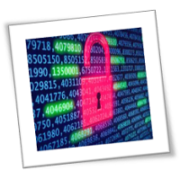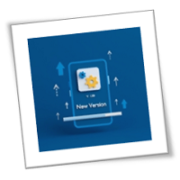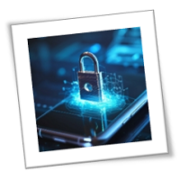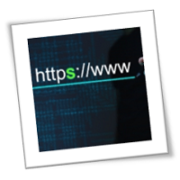Security is a top priority for many businesses, but the speed at which the cybersecurity landscape is evolving and the increasing sophistication of cyberattacks means a detailed understanding of where some of the biggest risks are coming from is limited amongst many CISOs and IT managers.
By 2025, the cost of cybercrime for businesses is predicted to reach $10.5 trillion, up from $8 trillion in 2023. Despite this trend, many businesses are overlooking and neglecting high-risk areas such as print security, inadvertently leaving them subject to attacks.
In fact, according to research from Quocirca, printed documents represent nearly one third (27%) of IT security incidents, yet print security is low on the agenda when compared to other elements of the technology stack like cloud, email, and public networks.
Despite this fact, 61% of organizations have experienced data losses due to unsecure printing practices over the past year. At a time where cyberattacks are on the rise, and will become increasingly common, it is critical that businesses do not overlook the importance of securing the print environment as a crucial building block for a robust security infrastructure.
The impact of hybrid working
To address the evolving security challenges posed by people working both in the office and remotely, businesses need to implement additional measures to safeguard their networks and the sensitive information that travels on them.
When everyone worked in the office full-time, organizations heavily relied on traditional security measures to protect their documents, including office security, traditional password encryption, network security and firewalls. In fact, recent research from Quocirca found that 39% of organizations are finding it harder and harder to keep up with print security demands as the workplace has evolved into the hybrid spaces they are today.2
The combination of remote and office working has increased the use of personal and mobile devices, which are not protected by the organization’s robust security infrastructure. This leaves private end-user devices susceptible to breaches when working away from the office. As a result, security leaders are forced to reassess their cybersecurity strategies to specifically address document protection in this new landscape.
This is highlighted in a recent report from IDC, which shows that 43% of respondents cite security vulnerabilities and the ability to ensure that at-home print devices are compliant with corporate governance and security policies as a top challenge. With employees printing documents from their own homes and personal devices, the risks of potential data breaches and unauthorized access have significantly increased.
This paradigm shift in work dynamics calls for a more robust approach to print security. Organisations must adapt to the reality that sensitive documents may be accessed and printed on various remote devices that do not have the same level of protection as the wider business network. Consequently, security leaders are now tasked with reimagining their strategies, implementing measures to secure documents at every stage of their lifecycle, whether printed or electronic, and regardless of the device used or where it is located.
Robust security measures are the key for hybrid workplace safety
It’s imperative for organizations that don’t currently have robust measures in place to safeguard their documents sooner rather than later. Third-party providers can play a significant role in enhancing secure practices around remote printing devices. While many organizations already invest in third party services, only 32% are satisfied with their security offerings. As such, it is crucial for organizations to work with vendors that prioritize security from the ground up, ensuring it is implemented at every stage of the printing process.
Businesses should aim for services that offer a comprehensive, 360-degree approach to security, covering devices, software, networks, and cloud-based services. Many lean on third-party vendors that specialize in secure information management, to help ensure that sensitive documents are protected throughout their lifecycle, from storage and transmission to printing and disposal.
Leveraging external expertise can help strengthen organizational print security measures, promote a holistic approach to print security, and ensure a culture of secure practices is in place. In doing so, businesses can mitigate cyber-attacks by safeguarding the confidentiality and integrity of their printed materials, particularly when using remote end-devices.
Prioritizing print security for your business
It goes without saying that the safe moving and sharing of documents must be a crucial part of workplace security. Implementing robust measures to safeguard sensitive documents is essential to mitigate potential risks and vulnerabilities. This includes adopting a comprehensive approach that covers devices, software, networks, and cloud-based services.
By recognizing the importance of securing the print environment and implementing a proactive strategy, businesses can adopt a holistic 360-degree approach to print security and mitigate the risks of cyber-attacks from the ground up.
If you are looking for an expert to help you find the best solutions for your business talk to GCInfotech about a free technology assessment
Published with consideration from TechRadar SOURCE











